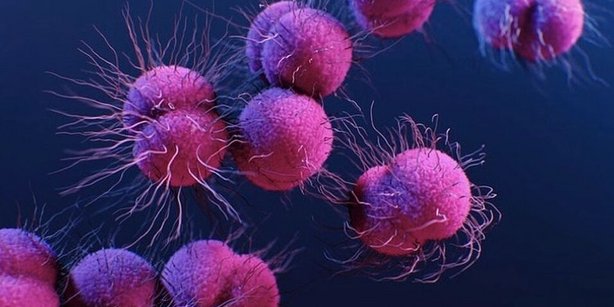Research in David Berry’s group is focused on understanding the biology of the human microbiota and its role in health and disease. He has pioneered the development of novel experimental and computational tools to reveal the functionof microbial communities and has developed single cell isotope labelling techniques to characterise functional guilds in the intestinal ecosystem.
The main research aims of David’s group are to gain a fundamental understanding of the assembly and interactions of the intestinal microbiota and to uncover how the microbiota affects host physiology. David is active in translational and clinical research in several fields, including chronic inflammation, nutrition, metabolic syndrome, cancer, and gut-immune-brain axis development in newborns. He is coordinator of an Austrian Science Fund (FWF) research consortium focused on premature infant health (2023).








